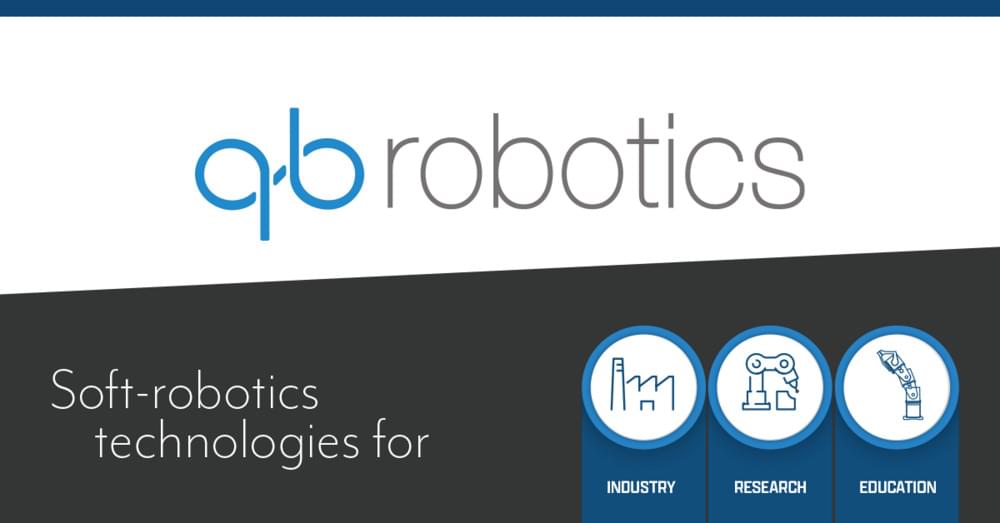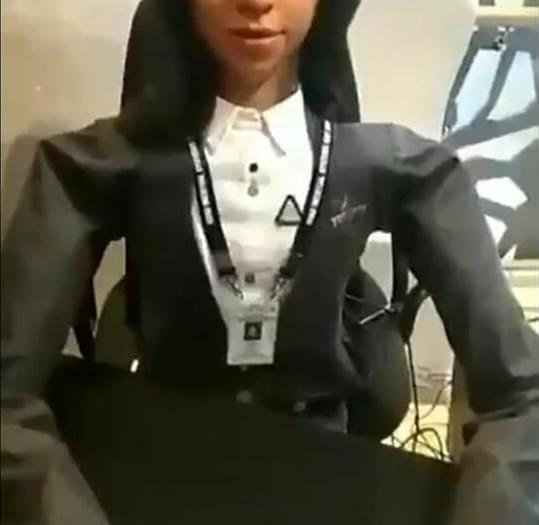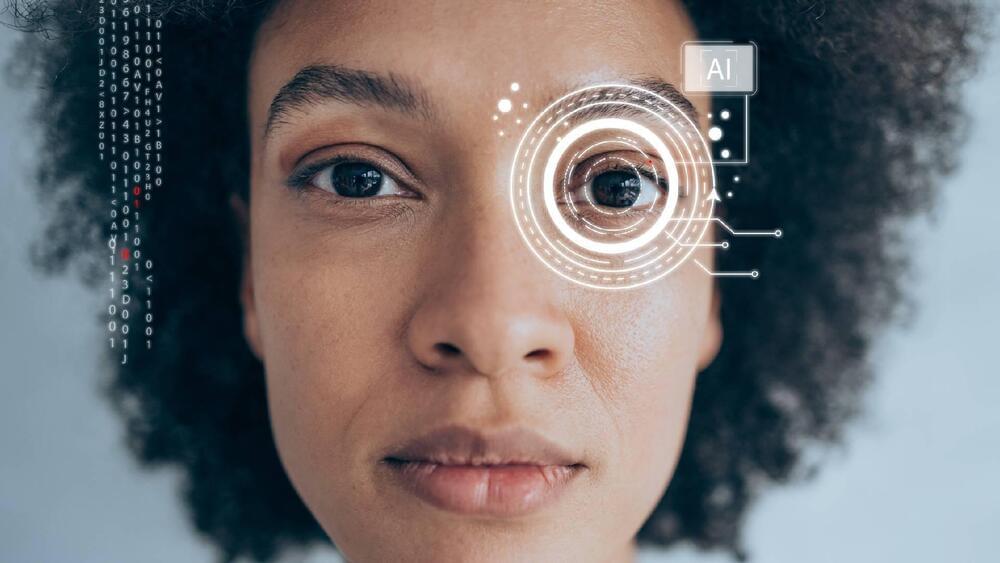A molecular assembler, as defined by K. Eric Drexler, is a “proposed device able to guide chemical reactions by positioning reactive molecules with atomic precision”. A molecular assembler is a kind of molecular machine. Some biological molecules such as ribosomes fit this definition. This is because they receive instructions from messenger RNA and then assemble specific sequences of amino acids to construct protein molecules. However, the term “molecular assembler” usually refers to theoretical human-made devices.
Beginning in 2007, the British Engineering and Physical Sciences Research Council has funded development of ribosome-like molecular assemblers. Clearly, molecular assemblers are possible in this limited sense. A technology roadmap project, led by the Battelle Memorial Institute and hosted by several U.S. National Laboratories has explored a range of atomically precise fabrication technologies, including both early-generation and longer-term prospects for programmable molecular assembly; the report was released in December, 2007. In 2008 the Engineering and Physical Sciences Research Council provided funding of 1.5 million pounds over six years for research working towards mechanized mechanosynthesis, in partnership with the Institute for Molecular Manufacturing, amongst others. Likewise, the term “molecular assembler” has been used in science fiction and popular culture to refer to a wide range of fantastic atom-manipulating nanomachines, many of which may be physically impossible in reality. Much of the controversy regarding “molecular assemblers” results from the confusion in the use of the name for both technical concepts and popular fantasies. In 1992, Drexler introduced the related but better-understood term “molecular manufacturing”, which he defined as the programmed “chemical synthesis of complex structures by mechanically positioning reactive molecules, not by manipulating individual atoms”.This article mostly discusses “molecular assemblers” in the popular sense. These include hypothetical machines that manipulate individual atoms and machines with organism-like self-replicating abilities, mobility, ability to consume food, and so forth. These are quite different from devices that merely (as defined above) “guide chemical reactions by positioning reactive molecules with atomic precision”.
Because synthetic molecular assemblers have never been constructed and because of the confusion regarding the meaning of the term, there has been much controversy as to whether “molecular assemblers” are possible or simply science fiction. Confusion and controversy also stem from their classification as nanotechnology, which is an active area of laboratory research which has already been applied to the production of real products; however, there had been, until recently, no research efforts into the actual construction of “molecular assemblers”.
Nonetheless, a 2013 paper by David Leigh’s group, published in the journal Science, details a new method of synthesizing a peptide in a sequence-specific manner by using an artificial molecular machine that is guided by a molecular strand. This functions in the same way as a ribosome building proteins by assembling amino acids according to a messenger RNA blueprint. The structure of the machine is based on a rotaxane, which is a molecular ring sliding along a molecular axle. The ring carries a thiolate group which removes amino acids in sequence from the axle, transferring them to a peptide assembly site. In 2018, the same group published a more advanced version of this concept in which the molecular ring shuttles along a polymeric track to assemble an oligopeptide that can fold into a α-helix that can perform the enantioselective epoxidation of a chalcone derivative (in a way reminiscent to the ribosome assembling an enzyme). In another paper published in Science in March 2015, chemists at the University of Illinois report a platform that automates the synthesis of 14 classes of small molecules, with thousands of compatible building blocks. In 2017 David Leigh’s group reported a molecular robot that could be programmed to construct any one of four different stereoisomers of a molecular product by using a nanomechanical robotic arm to move a molecular substrate between different reactive sites of an artificial molecular machine. An accompanying News and Views article, titled ‘A molecular assembler’, outlined the operation of the molecular robot as effectively a prototypical molecular assembler.
Source: https://en.wikipedia.org/wiki/Molecular_assembler.
Created with WikipediaReaderReborn © WikipediaReader.




